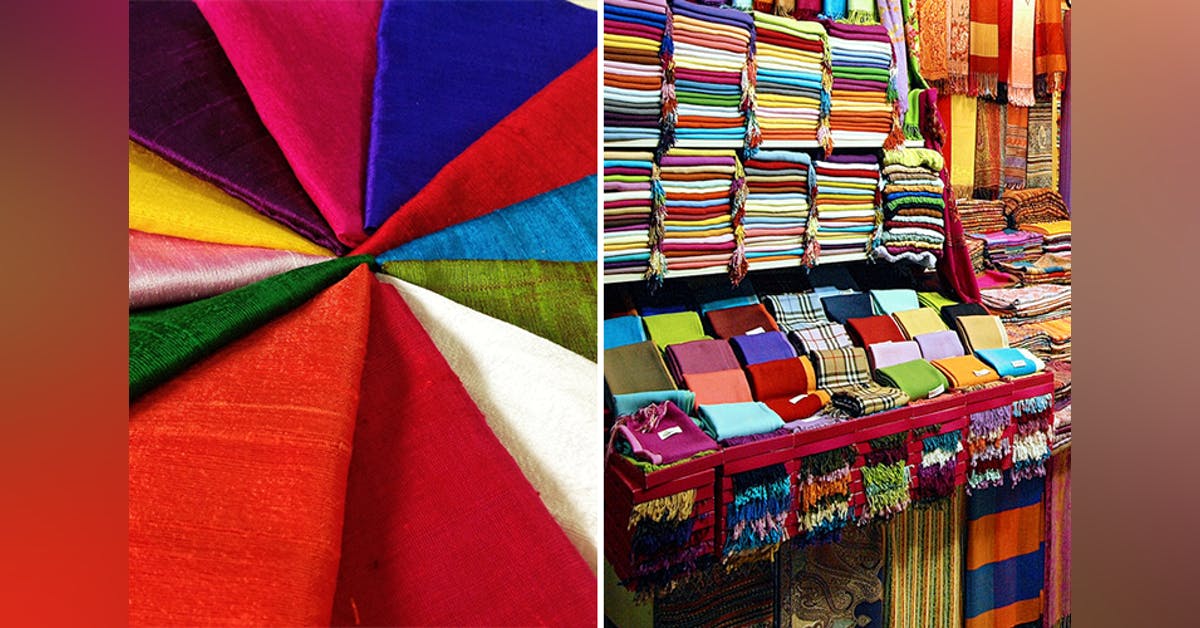Export Surplus Fabric Market In Delhi

Delhi's vibrant garment industry is experiencing a surge in activity, driven by a burgeoning market for export surplus fabric. This market, largely concentrated in areas like Gandhi Nagar and Shahdara, is attracting buyers from across India and neighboring countries, seeking affordable and high-quality textiles. The trade is offering both opportunities and challenges to local businesses and workers.
The export surplus fabric market in Delhi is a significant, yet often overlooked, component of the city's economy. This market handles textiles left over from export orders, often due to slight imperfections, canceled contracts, or exceeding production quotas. It's a complex ecosystem involving manufacturers, wholesalers, retailers, and informal traders, contributing significantly to Delhi's textile sector and offering affordable fabric options to a wide range of consumers.
The Who, What, Where, When, and Why
Who are the key players? The market involves manufacturers, wholesalers, retailers, and individual traders. Many are small-scale businesses operating with limited resources.
What is being traded? The primary commodity is export surplus fabric, including cotton, linen, silk, and synthetic blends. These are sourced from garment factories across the Delhi-NCR region.
Where is this happening? The main hubs are located in areas like Gandhi Nagar, Shahdara, and parts of Old Delhi. These areas have historically been centers for textile trading and manufacturing.
When did this market emerge? While the trade has existed for decades, it has seen a significant increase in activity in recent years. This is fueled by rising textile prices and increased demand for affordable options.
Why is this market important? It provides an affordable source of fabric for smaller garment manufacturers, tailors, and consumers. It also reduces textile waste by repurposing surplus material, supporting environmental sustainability.
Economic Impact and Opportunities
The export surplus fabric market provides a vital source of income for many families in Delhi. It allows small-scale businesses to compete with larger manufacturers, fostering entrepreneurship and local economic development.
"This market is a lifeline for my family," says Ramesh Kumar, a small tailor who sources most of his fabric from Gandhi Nagar. "Without it, I couldn't afford to stay in business."
The trade also benefits the environment by diverting textile waste from landfills. By repurposing surplus fabric, it reduces the demand for new textile production. This consequently minimizes water usage, pollution, and other environmental impacts associated with textile manufacturing.
Challenges and Concerns
Despite its benefits, the market also faces challenges. The trade is often unregulated, leading to issues of quality control, fair labor practices, and environmental compliance.
There are concerns about the working conditions in some of the smaller workshops. Some workers are exposed to hazardous materials and work long hours for low wages. This requires attention from regulatory bodies.
Additionally, the informal nature of the market makes it difficult to track the volume and value of the trade. This makes it challenging for policymakers to accurately assess its economic impact and develop targeted support measures.
Looking Ahead
To maximize the benefits and mitigate the challenges, stakeholders are calling for greater regulation and support for the export surplus fabric market. This includes promoting fair labor practices, ensuring environmental compliance, and providing access to finance and training for small businesses.
"We need to find a way to formalize this market while preserving its affordability and accessibility," says Anita Sharma, a textile industry analyst. "This will create a more sustainable and equitable ecosystem for everyone involved."
The future of Delhi's export surplus fabric market depends on striking a balance between economic growth, social responsibility, and environmental sustainability. By addressing the challenges and embracing the opportunities, the market can continue to play a vital role in the city's economy and the lives of its residents.


















